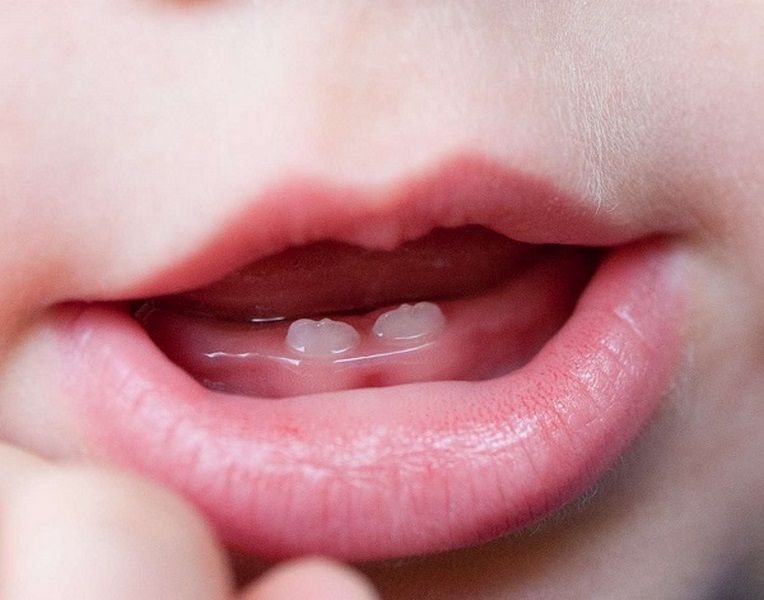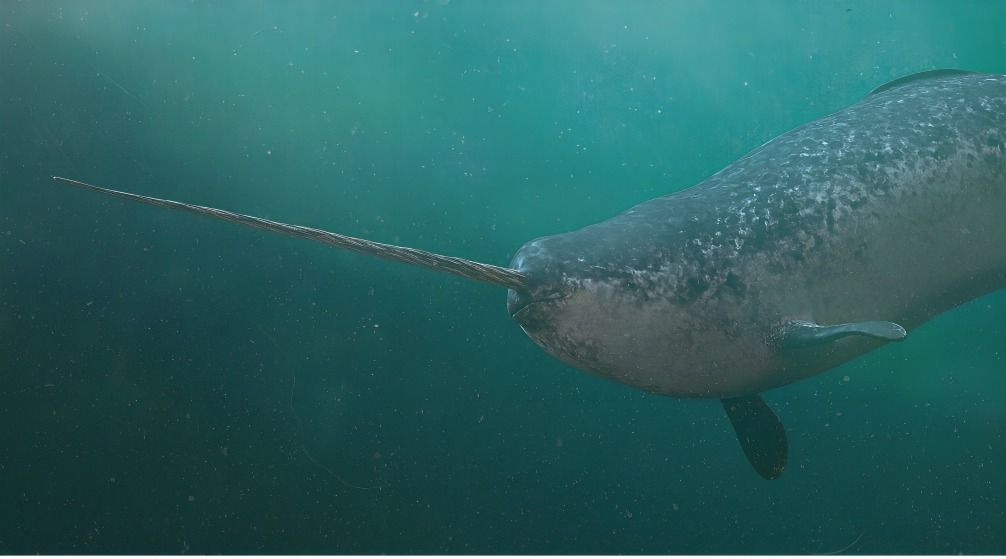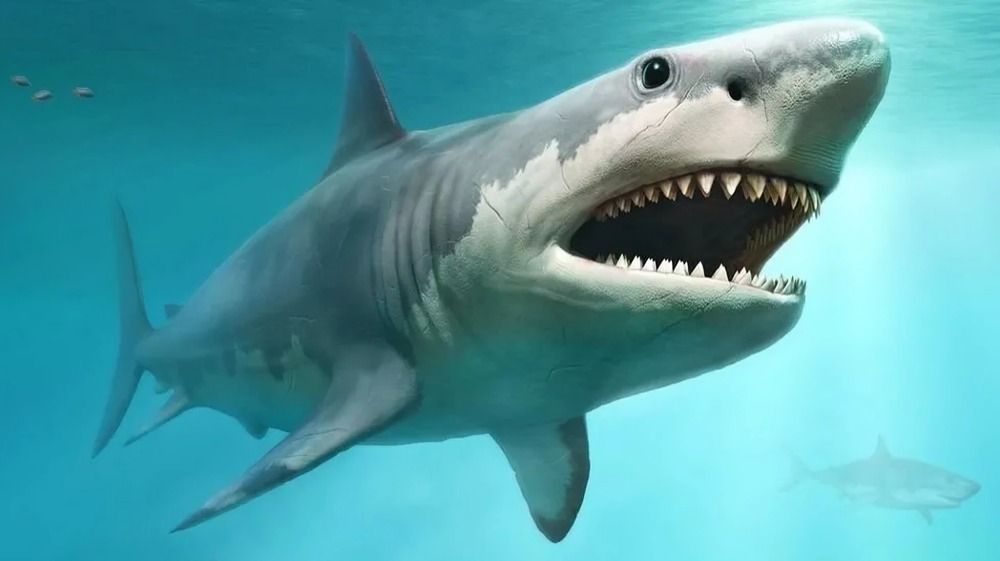
“
Teeth are amazing and play a big role in our everyday lives. From biting into a crunchy apple to sharing a bright smile, our teeth help us in many ways. In this blog, we'll explore some fun facts about teeth that will make learning about dental health exciting for kids. Let's dive into the world of teeth and discover how to keep them strong and healthy!1
1
”
Children usually have 20 baby teeth, which begin to appear around six months old. Adults have 32 teeth, including the wisdom teeth that typically emerge in the late teens or early twenties, making room for a full set of molars for more efficient chewing.1
Although rare, there have been recorded instances of people growing a third set of teeth later in life. One of the most notable cases is known as Lison's case, reported in France in 1896, where a fourth dentition was observed.2
Modern smart toothbrushes feature sensors and Bluetooth technology to track brushing habits and provide real-time feedback. They monitor brushing duration, technique, and pinpoint areas needing improvement, helping users maintain better oral hygiene and achieve more effective brushing.3
Many believe bones are the hardest human substance, but it's actually tooth enamel! Composed of 96% minerals, the enamel is incredibly tough. Despite its strength, it can be damaged by metal or glass. Proper dental care is crucial to maintain enamel strength and overall oral health.4
Evano Mellone from Canada holds the record for the most teeth in a mouth, with 41 teeth, including one hidden tooth. This remarkable feat was verified in Montreal on November 11, 2021.5
Baby teeth start developing while a baby is still in the womb, but they usually don’t begin to erupt until the child is between 6 and 12 months old. The teething process unfolds in stages, gradually leading to a full set of teeth.6

The fastest time to husk a coconut using teeth is 28.06 seconds, achieved by Sidaraju S Raju from India. He husked a coconut measuring 78 cm in circumference and weighing 4.744 kg on March 30, 2003, showcasing the extraordinary strength and durability of human teeth.
Over the course of their lifetime, the average person spends approximately 38 days brushing their teeth. This routine, though seemingly small, accumulates to a significant amount of time dedicated to maintaining dental hygiene and oral health.7
Modern smart braces come with built-in sensors that track tooth movement and treatment progress. These braces can send data to orthodontists remotely, allowing for adjustments in real-time and improving the efficiency of orthodontic treatments.8
Humans typically get only two sets of teeth in their lifetime, while some animals, like dolphins, develop just one set (monophyodont), and others, such as sharks, grow multiple sets throughout their lives. Sharks can produce around 40 sets of teeth.9

About 1 in 2,000 babies are born with teeth, known as 'natal' teeth. These teeth usually appear on the lower gums at the time of birth and often have weak roots. They are frequently removed to avoid complications with breastfeeding and other issues.

The narwhal's long, spiral tusk is actually a tooth that can grow up to 10 feet (3 meters) long. It’s believed to play a role in mating displays and establishing dominance among males, although its exact functions are still studied.
To protect your teeth while swimming, keep your mouth closed as much as possible. Chlorine in pool water can erode tooth enamel over time, leading to sensitivity and potential damage. Maintaining this habit helps preserve your dental health and enamel integrity.10
The longest human tooth ever officially documented was extracted in Singapore in 2009. This remarkable tooth measured an impressive 3.2 centimeters in length. Its extraordinary size makes it a notable record in dental history.11
Kalpana Balan from India holds the world record for the most teeth in a person's mouth (female), with a total of 38 teeth. This includes four extra mandibular (lower jaw) teeth and two extra maxillary (upper jaw) teeth, surpassing the average adult's count by six.12

Great white sharks possess some of the largest and most formidable teeth in the animal kingdom. Each tooth can reach up to 3 inches (7.5 cm) in length and features serrated edges for effectively tearing through flesh and bone.
Plaque is home to over 300 different species of bacteria. These bacteria thrive in the plaque buildup on teeth, making regular oral hygiene crucial for maintaining dental health and preventing issues such as cavities and gum disease.13
Placing a cap on your toothbrush can help keep it clean and protected from airborne bacteria and dust. However, if the cap is not ventilated, it may create a moist environment that promotes bacterial growth. For best hygiene, use a ventilated cap or a toothbrush holder with proper airflow.14
The first official toothbrush commercial aired in 1938, marking a significant moment in dental history. This advertisement helped introduce the public to the importance of oral hygiene and promoted the use of toothbrushes as a standard practice in daily care.15
The first successful tooth transplant in the early 20th century involved moving a tooth from one person to another to replace damaged or missing teeth. Modern advancements now include techniques like stem cell therapy and bioengineered teeth.16


